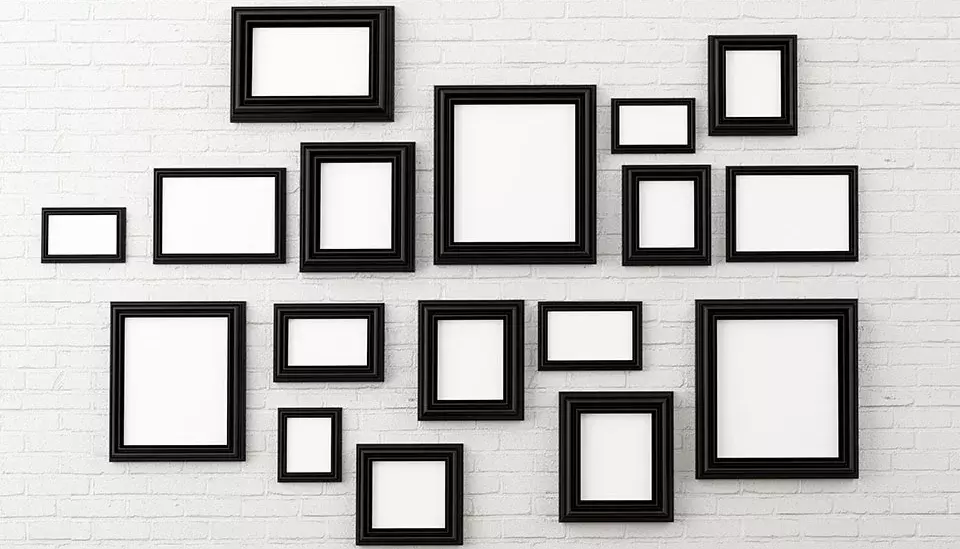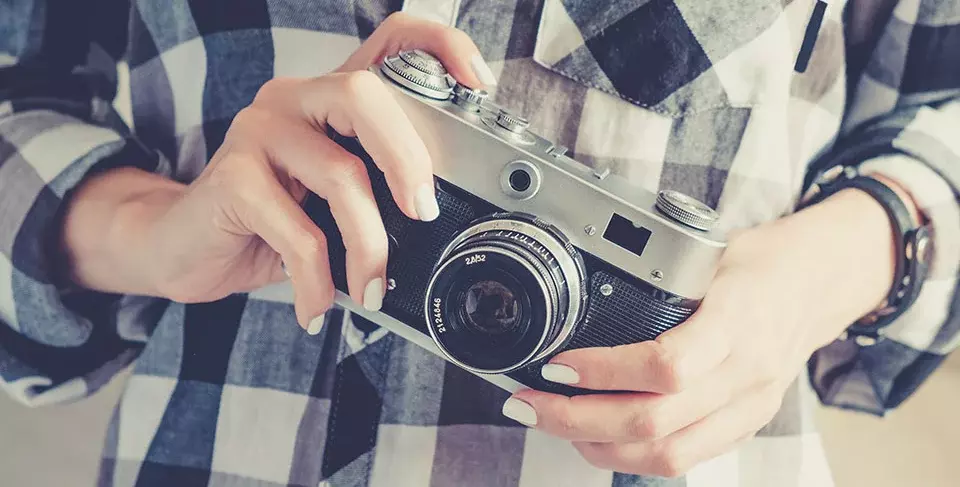Image Copyright Online
It may be cliché, but it’s true: ‘a picture’s worth a thousand words.’ This is why images and graphics are crucial for websites; readers quickly lose interest when bombarded with walls of text. Images also help to paint a picture of what the text is about. It’s been proven that articles with illustrative graphics or photographs get 94% more total views than those without, and when it comes to e-commerce, 67% of consumers rate a product image as 'very important' when making their purchasing decision. While you can always create the images and photos yourself, chances are you don’t have the resources to professional-quality images, which may have a negative impact on your reputation among visitors. One option is to use someone else’s photos, but this can be problematic if the images are protected by copyright.
What does copyright protect?
Once an image is online, there’s no fool-proof way of preventing it from being re-used; the data has already been shared so technically anyone can copy it. You might think nothing of using that pretty sunset photo you found for your blog, but if the copyright holder hasn’t expressly made these images available to the public domain (the term given to content which isn’t owned or controlled by anyone), this is actually illegal. Many people believe that just because a photo is on the web, it’s free for the taking. In most countries, such as the UK, US, and Canada, as well as the EU, images are automatically copyrighted, meaning it’s illegal to just take them.
A photo doesn’t need to be accompanied by a © or a watermark for it to be out of bounds. In the U.S., this has been the case since 1989 when the International Berne Convention was signed, which is an agreement protecting literary and artistic works and protects all 160 country members.
Copyright infringement doesn’t just mean copying the whole image and using it elsewhere, it also means:
- Using parts of an image without permission
- Not sticking to the terms of use
- Adapting an image without permission
- Asking someone else to recreate the image
What happens if I get caught
Even if your blog only has a dozen readers, you can still be caught if you use an image without permission. With over a billion photos uploaded and shared each day, you might think you’re in the clear, but image companies have invested millions in new technologies that enable copyright owners to find evidence of their work being used. Even if the photo has been modified or recreated, it won’t throw the tools off the scent! By illegally using these images, you put yourself at risk of incurring heavy fines and lawsuits. Avoid getting into this situation by adhering to the rules.
How to use images correctly
Getting permission
An easy way of making sure you don’t infringe on copyright is to get the owner’s permission. Many owners allow their work to be used for free, although some will charge if you’re using the photo for financial gain. Fair use refers to images that are copyrighted, but may be used for educational or research purposes, or if their use benefits the public in some way. Make sure you always link back to the creator, but don’t presume doing this is a substitute for asking for permission. Another route is to search for photos that have been released into the public domain. This means that they no longer have copyright restrictions, either because the creator gave them up or because the creator passed away and nobody owns the copyright anymore. Even if you edit or crop the image, many creators are one step ahead and have integrated the copyright information into the source code so they will be able to track if their image is used elsewhere. And don’t presume that not linking back will reduce your chances of being caught; this is essentially equivalent to claiming the work as your own.
Use stock photos
There are many sites where you can find stock photos that are either free or inexpensive. Shutterstock has over 90 million unique files. As well as photos, there are also vectors, videos, illustrations, icons, footage, and music. Its content is royalty-free, which means that you can use the content multiple times over different media after a one-time payment. There’s also no time limit; once you’ve posted it, it can stay there forever. The opposite of this is rights managed licensing, which means you can use content only for specific media, industries, or regions, and for a given period. Luckily, this isn’t the case with Shutterstock. The company even offers at least $10,000 indemnification, which protects you in case a creator of certain content tries to claim infringement has occurred. Flickr is an image and video hosting site where over 7,000 photos are uploaded per minute! Content can be uploaded to share with family or friends, or visitors can look through the vast amount of amateur and professional images to get inspiration for their own projects. Much of the content can be used for free, but not everything is up for grabs; Flickr users can determine the restrictions for the images they upload. It’s possible to set licensing levels such as ‘All Rights Reserved’ (all material is copyrighted) or use various Creative Commons licenses. Flickr Creative Commons has a clear system showing which license each photo is under and what you have to do to comply.
Creative Commons License
Many photographers, musicians, and writers actually want to share their work with others so the Creative Commons (CC) license offers another possibility to the full copyright license. There are six different options:
- Attribution Non-Commercial No Derivatives
- Attribution Non-Commercial ShareAlike
- Attribution Non-Commercial
- Attribution No Derivatives
- Attribution ShareAlike
- Attribution
Attribution gives the most leeway since it allows content to be shared, tweaked, and built upon, even for commercial purposes! Just ensure that you credit the original creator. Attribution Non-commercial No Derivatives, on the other hand, is as restrictive as it gets without slapping the full copyright license onto it. Works with this license can be shared, but not used commercially or modified in any way. Naturally, the creator must be credited. You can find more information on the Creative Commons website. Once you have obtained content under a Creative Commons license, it cannot be revoked. On Flickr, you’ll find the relevant license clearly marked underneath each photo. It’s even possible to filter your search in order to ensure you can use the images you find.
Taking and using your own photos
This using your own images can’t possibly get you into trouble? Think again. Subject matter and context are the deciding factors here. What is deemed acceptable in one place could be cause offense somewhere else.
Buildings
In some countries such as Germany and Australia, people can take photos of buildings and sculptures without having to worry about copyright laws. Since 2010, citizens in the US even have the right to shoot still images as well as video footage of federal buildings.
Protected works
You may take a picture of a work of art only if it’s in the public domain, which in the art world, generally means anything created before 1923. More recent work is usually still copyright protected and you could find yourself in hot water if you’re caught using it, even if it’s just hung up in your house. Many museums have their own photography policies, so check before you start snapping.
People
You may photograph anyone in the public view as long as they aren’t doing anything deemed ‘private’ (i.e. showering or undressing). Everyone has the right to object to having their photograph taken. You can take photos of children without their parents’ permission, but if you want to use these pictures commercially, you need a model release signed by the parents. Even if the photo isn’t just of the child (i.e. a family photo), the parents must still be asked.
Conclusion: is the law on my side?
When it comes to online image rights, it’s important to stick to the rules. Following the licensing agreement when buying images is a must. If you work with professional agencies, you should adhere to their terms and avoid untrustworthy sources. Don’t use images if you don’t know their origin. It’s best to presume a photo is copyrighted until proven otherwise. There are also regulations for self-taken images, which many website operators tend to forget when uploading their pictures. If you’re negligent with copyright, there could be serious consequences, from warnings to fines. If you do get into trouble, you should seek professional advice from a lawyer in order to avoid a court dispute.



